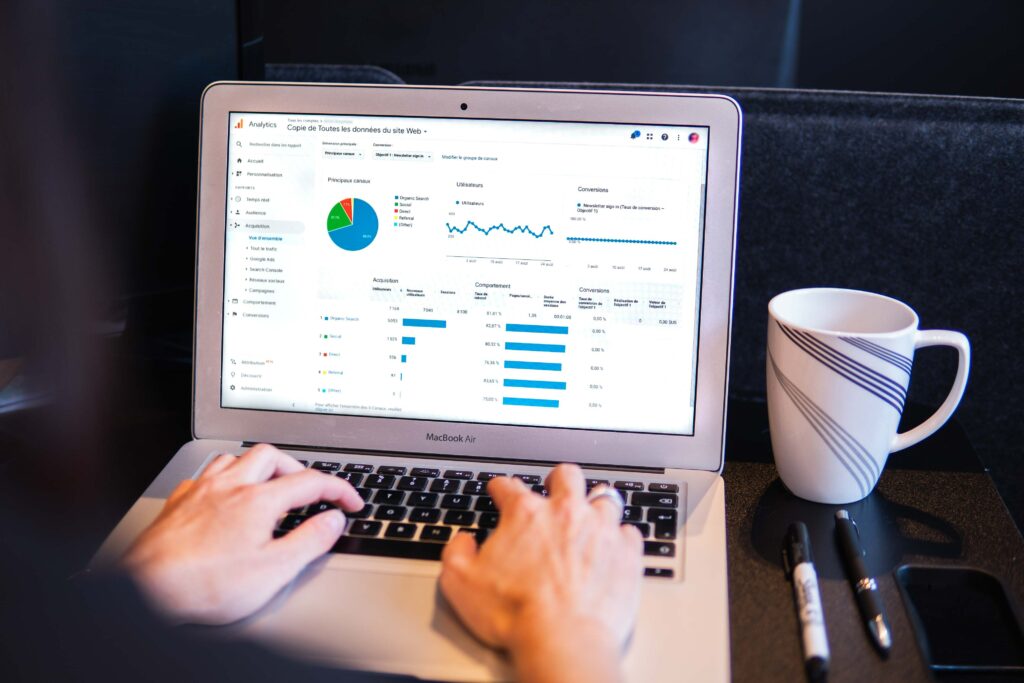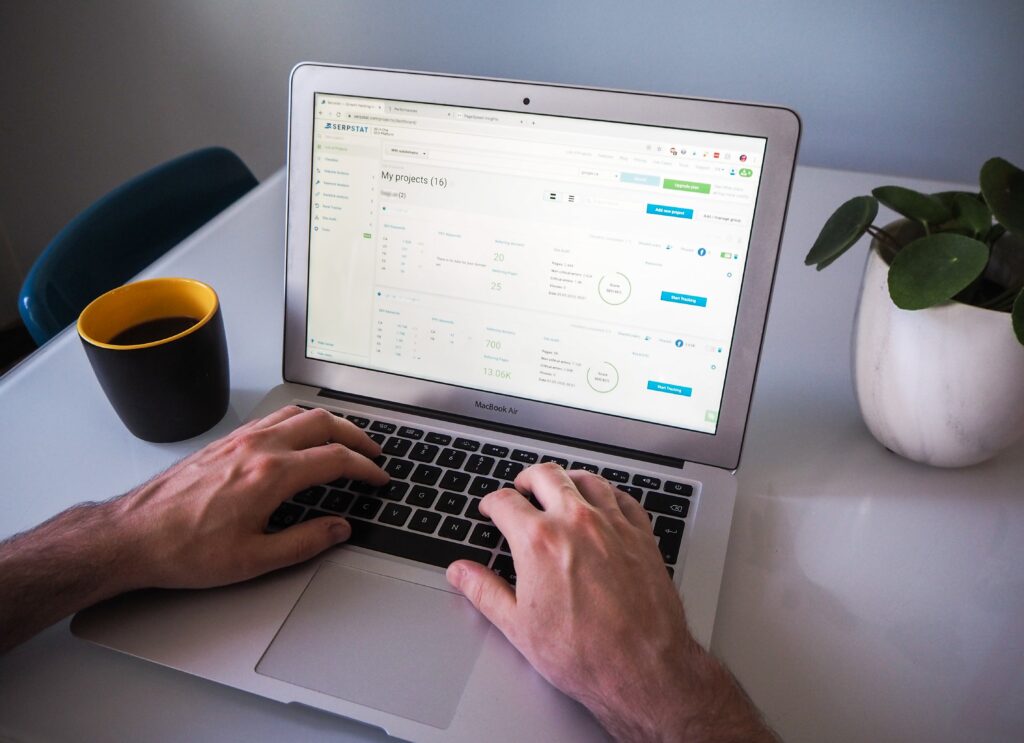Internal linking is a practice of connecting different pages within a website using hyperlinks. It involves linking from one page to another page on the same domain. In the context of WordPress SEO, internal linking plays a crucial role in improving website navigation, user experience, and search engine visibility. That said, let’s discuss the power of internal linking for WordPress SEO.
Benefits of Internal Linking for WordPress SEO
A. Improved Website Navigation
- Ensure easy navigation for users: Internal links help users navigate through your website seamlessly, allowing them to find relevant information quickly.
- Enhance user experience and reduce bounce rates: Well-placed internal links guide users to explore more pages, reducing bounce rates and increasing the time they spend on your website.
Enhanced Indexing and Crawling
- Help search engines discover and index content: Internal links serve as pathways for search engine bots to discover and index pages on your website, ensuring comprehensive coverage.
- Increase visibility of important pages: By linking important pages from multiple sources within your website, you increase their visibility to search engines, increasing their chances of ranking higher in search results.
Keyword Optimization and Ranking
- Boost keyword relevance and rankings: By strategically incorporating internal links with relevant anchor text, you can signal to search engines the importance and relevance of specific keywords, potentially boosting their rankings.
- Distribute link authority across pages: Internal linking allows you to distribute the authority and link equity of high-ranking pages to other pages, improving their chances of ranking higher in search results.
Contextual Relevancy and Content Organization
- Establish topical relevance within a website: Internal links help establish a contextually relevant network of content within your website, showcasing the relationships between different pages and reinforcing their thematic relevance.
- Organize content hierarchy and information flow: By interlinking related content, you can create a logical structure and guide users through a seamless information flow, improving the overall user experience.
Increased Time-on-Site and Lowered Exit Rates
- Encourage users to explore more content: Internal links strategically placed within your content can entice users to click through and discover additional relevant content, increasing their time-on-site.
- Decrease the likelihood of premature exits: By providing users with easy access to related content, internal linking reduces the chances of users leaving your website prematurely, leading to higher engagement and conversions.
Best Practices for Implementing Internal Links in WordPress
Conduct a Site Audit and Create a Linking Strategy
Analyze your website’s structure and content to identify linking opportunities. Create a plan to strategically interlink relevant pages based on your site’s goals and target keywords.
Use Descriptive Anchor Text
Utilize descriptive and keyword-rich anchor text when creating internal links. This helps search engines understand the context and relevance of the linked page, boosting its SEO value.
Link to Relevant and Related Content
Connect pages with similar topics or themes to enhance the user experience and provide additional value. Linking to related content increases the chances of users exploring more pages within your website.
Maintain a Reasonable Link Depth
Limit the number of clicks required to reach important pages. Avoid excessive link depth, as it may hinder search engine crawling and user navigation. Aim for a logical and user-friendly structure.
Update and Refresh Internal Links Regularly
Regularly review and update your internal links as your content evolves. Ensure that the linked pages are still relevant and accurate. Broken or outdated links should be fixed or replaced.
Utilize Plugins for Automated Internal Linking
Explore WordPress plugins specifically designed for internal linking. These plugins can automate the process, suggest relevant internal links, and help you maintain a robust internal linking strategy.
Conclusion
Internal linking is a powerful SEO technique that can significantly improve your WordPress website’s visibility, user experience, and keyword rankings. By implementing the best practices discussed above, you can harness the full potential of internal linking and optimize your website for better search engine rankings and increased user engagement.


